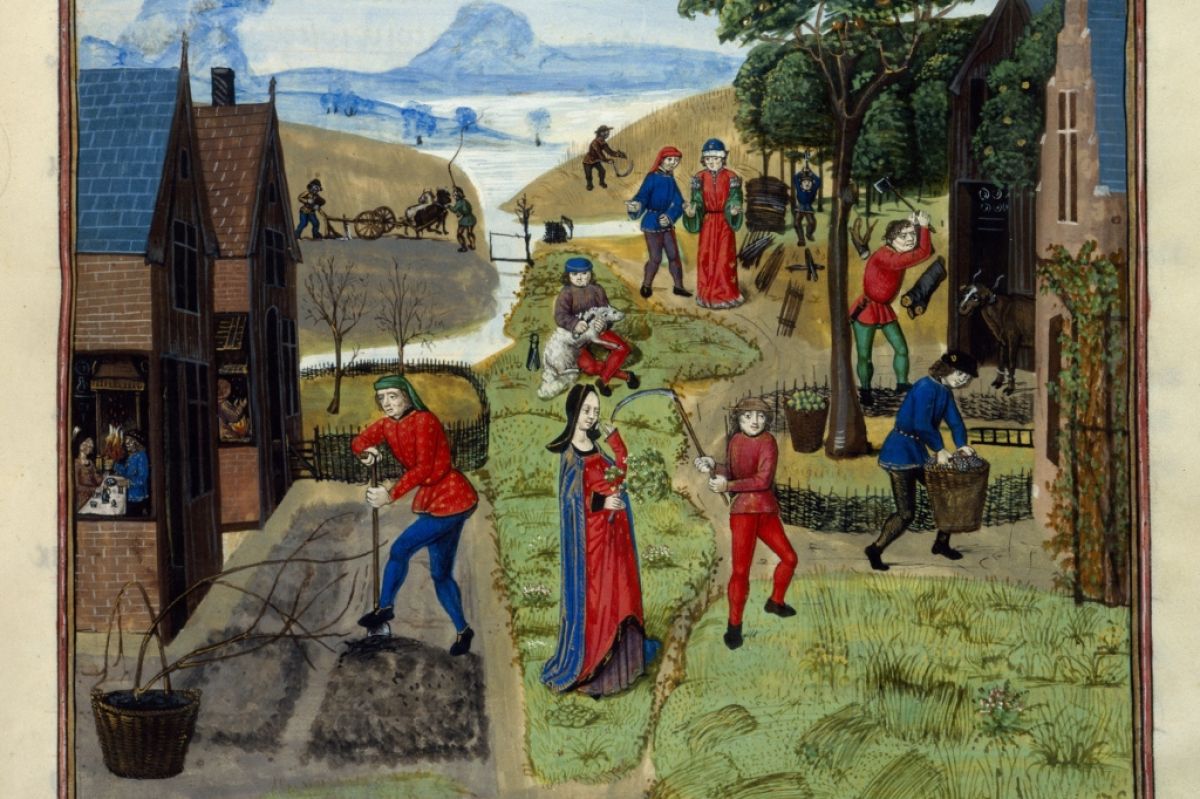Even as early as the 15th century in England, a time when gardens focused mainly on plants used in medicines and for cooking, there were a few plants grown because they produced beautiful flowers.
From the earliest times, our ancient forebearers recognized the beauty of flowers such as violets, daisies, and poppies, primroses, and lilies. And we, of course, still value them in our gardens today.
Most early English gardeners were more interested in their plants than in garden design. The exception to this, of course, were the owners of big country estates. But what we now refer to as country gardeners loved pretty garden flowers. Even Queen Elizabeth I wore flowers in her hair.
The Danes and the Norsemen brought flowers to England, and many became wild, such as pinks, which are now thought of as quintessentially English.
Plant hunters also scoured the world to bring new plants to England and now bleeding heart and balloon flowers, originally from the Orient, are considered symbols of British cottage gardens.
American gardens have their roots in the Old World, of course. The Puritan settlers grew everything they needed, so their gardens were utilitarian. And there were plants to treat illnesses, heal wounds, season foods, and repel insects.
This is Moya Andrews, and today we focused on pretty but useful.










